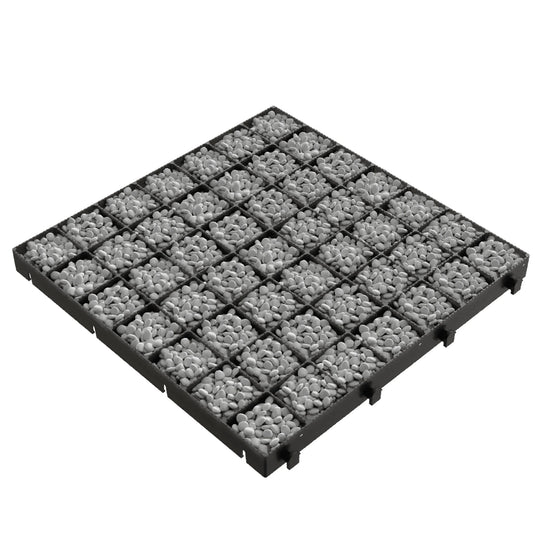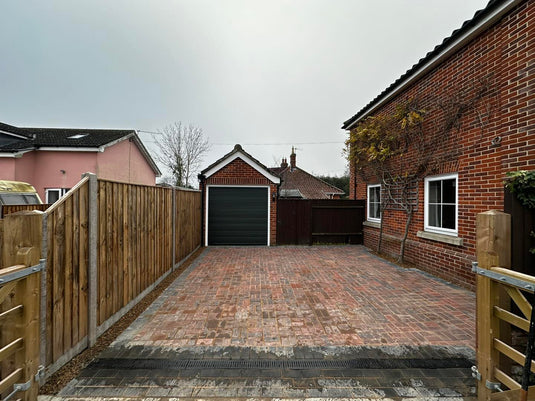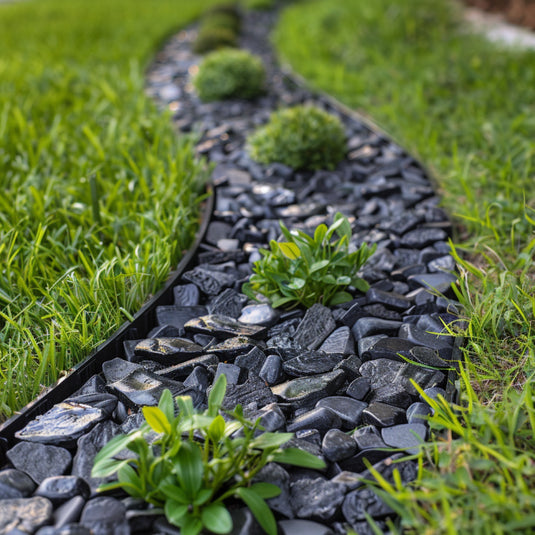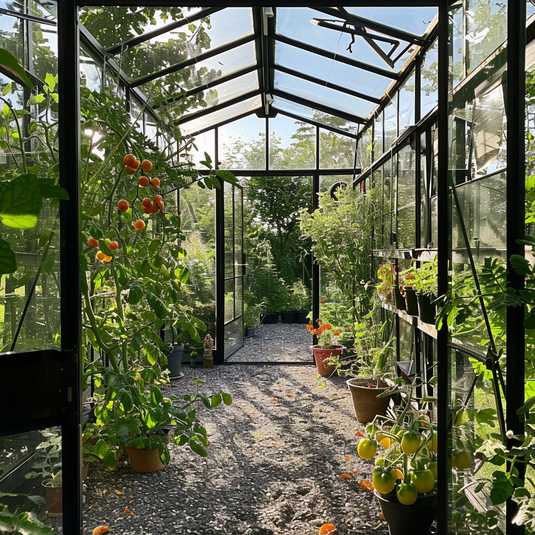How to choose the right shed for your budget
When buying a shed, is the cost something you consider to be important? Whether you need to store garden tools, use it as a workspace or just a place to store your garden furniture, it's important to find a shed that meets your budget. The most cost-effective sheds are made from metal, plastic, or a combination of both. We’ll look at why these options are affordable and how to preserve them.
- METAL- Generally considered the cheapest option and readily available as flat-packed kits made in the Far East. They are constructed from lightweight materials such as galvanised steel or aluminium, which makes them cost-effective to produce and easy to transport. These sheds are popular for their durability and resistance to pests and rot. However, they can be prone to rust if not properly treated or left on surfaces that don’t allow water to soak away. They also take more time to build, with lots of small fiddly fixings required to join the panels and framework.
- PLASTIC- Plastic sheds are often made from high-density polyethylene (HDPE) or vinyl, and are another budget-friendly option. They are typically more lightweight than metal sheds and are immune to rust and rot. Plastic sheds require minimal maintenance and are easy to assemble, making them a convenient choice. Due to their lightweight nature, they’re easy to move around within the garden but this also makes them vulnerable to strong winds.
- WOOD-FRAME PLASTIC/METAL PANELS- These sheds combine a wood frame with metal or plastic panels, offering a cost-effective balance between durability and price. The wood provides a sturdy structure, while the metal or plastic panels offer resistance to weather and garden pests. However, the wooden frame may require treatment to prevent rot and decay.
PRESERVATION
Whichever type of shed you choose, proper maintenance is crucial to ensure its longevity. Here's how to preserve your shed, focusing on the common issues that could arise:
- PREVENT RUST- If you've chosen a metal shed, the key to preservation is rust prevention. Ensure that the shed is adequately sealed, especially around the edges and seams. If your kit isn’t powder coated out of the box, consider applying a rust-resistant primer or coating to the metal surfaces. Regularly inspect the shed for signs of rust and address them promptly with rust-removal products and a fresh coat of paint or primer. Ensure the base is raised if standing on a concrete surface as water doesn't; drain away.
- PROTECT AGAINST MOISTURE- For plastic and metal sheds, humidity and moisture can lead to mould, while for wood-frame sheds, it can cause rot. Ensure the shed is placed on a level surface with proper drainage to avoid water and good airflow to ensure the humidity is balanced between inside and out. Again, ensure the base is raised if standing on a concrete surface as water doesn't drain away.
- REGULAR MAINTENANCE- Do routine inspections of your shed, looking for any signs of wear and tear. Tighten any loose bolts or screws and replace damaged parts. If you have a wood-frame shed, consider applying a protective sealant to prevent moisture damage. But we can’t emphasise enough that raising the base off the ground gives your shed the best chance at longevity.
By choosing a cost-effective shed and following these simple tips, you can enjoy a long-lasting storage solution for longer.






